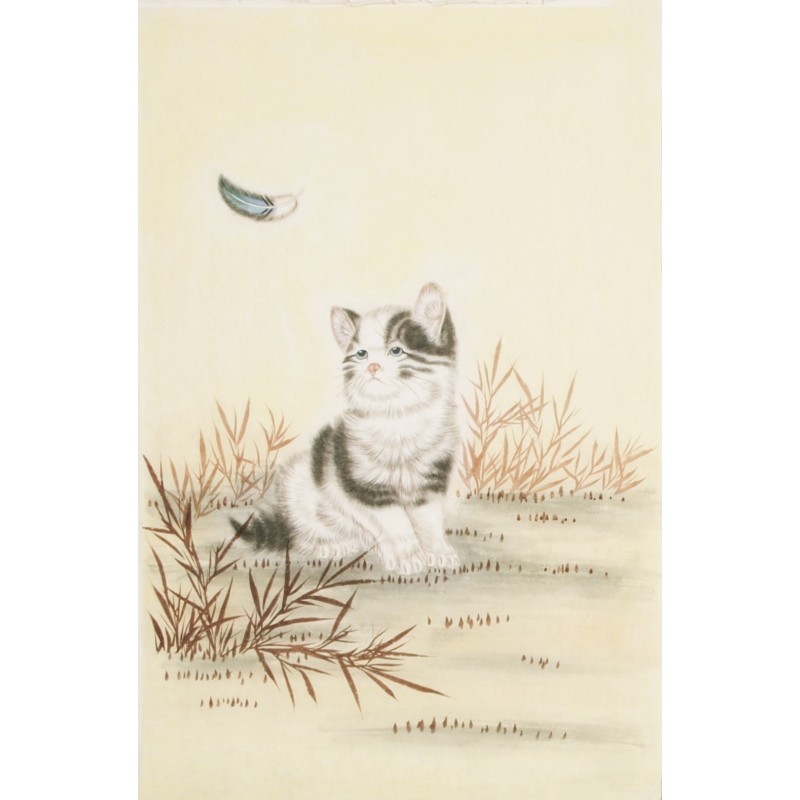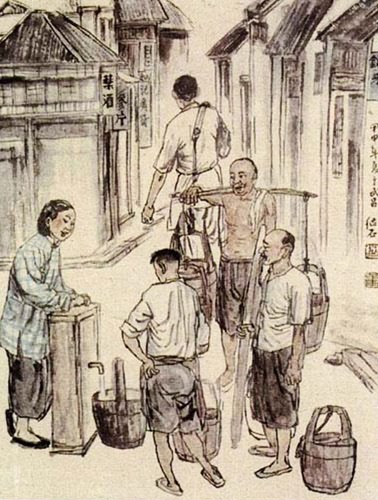The Chinese have long conceived of a magical link between mankind and the landscape - that mankind is an integral part of the universe, is swept along and controlled by its flow, and shares its fate. Feng Shui springs from these ideas and seeks to enhance and harmonise with the environment rather than deplete and dominate it. In this sense the ancient Feng Shui practitioners were early environmentalists.
Literally translated Feng Shui means wind and water. This relates to the idea that the landscape has always been, and still is, eroded by the forces of wind and water. Humankind must find a balanced way to live in this changing environment. So, for instance, it was long ago discovered that a house situated halfway up a hill on the north side of the river facing south received optimal sun, was protected from harsh winds, avoided floods and still had access to water crops - and so it was easier to survive.
From these simple observations that people are affected for good or ill by their surroundings grew the goal of Feng Shui - complete harmony with the natural order, which brings prosperity, health and happiness. Chinese Paintings, especially landscapes, are a conscious attempt to bring out this harmony - Chinese landscape paintings often depict a building or two, sited so as to balance with their surroundings and show mankind's ideal balanced relationship with the environment. The balancing of yin and yang within a painting is of the utmost importance for a Chinese artist as it is this quality that is so important to pass on to the beholder of the finished artwork.
Chinese Paintings and Feng Shui use a language of symbols. According to Feng Shui principles particular rooms should contain certain shapes, pictures or paintings which are thought to be imbued with the symbolic powers that they represent. The people using the room should choose pictures or paintings containing symbols with which they identify, or want to identify, so as to help bring that particular influence into their lives.






